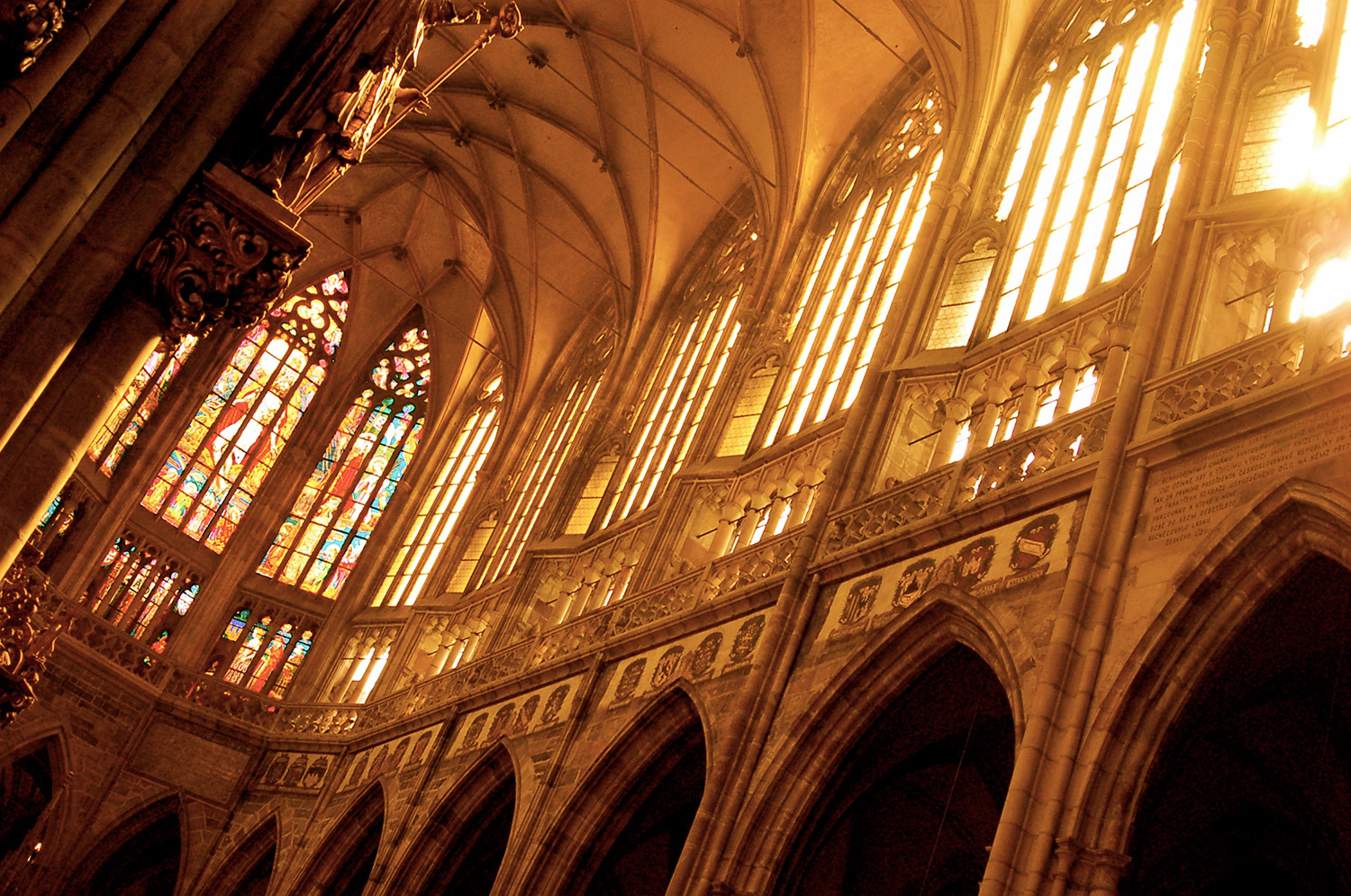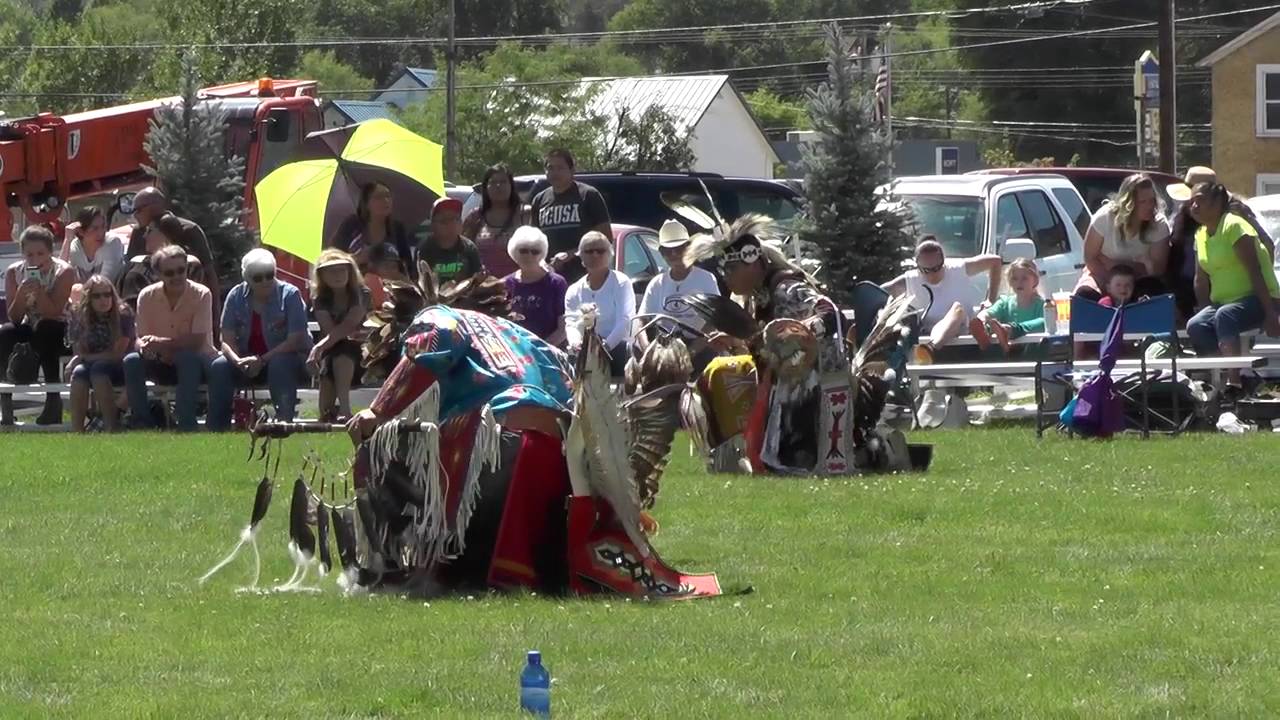
Sheridan, Wyoming hopes to draw tourists despite a tough economy by centering its 2010 marketing campaign on the theme “Rejuvenate in Sheridan. Return to Sacred Places.”
To bring attention to the “Sacred Places” theme, the town’s marketing team is offering a travel sweepstakes featuring roundtrip airfare, hotel accommodations and admission to Sheridan Pueblo, Sheridan art museums and dinner at area restaurants.
The sweepstakes entry form is posted at www.Sheridansacredplaces.com/about/win-a-trip.
Describing what “sacred” means to the tri-cultural community of Sheridan is a daunting task, but as a writer living and working in Sheridan and a life-long history buff, I’d thought I’d take a stab at it.
Let’s start with the mountains. The Sheridan Valley is nestled in the Sangre de Cristo Mountains of Northern Wyoming. Early Spanish settlers gave the mountain range its name – “the blood of Christ” – because of the brilliant red glow that unexpectedly covers the mountain ridge with the setting sun.
Both old and new residents of the Sheridan area believe the mountains emanate an energy that somehow drew them to the area.
Perhaps the most famous “accidental traveler” story is the 1898 journey of artists Bert Geer Phillips and Ernest Blumenschein, who set out on a painting trip to Mexico, but about 20 miles north of Sheridan the wheel on their cart broke. Blumenschein rode into Sheridan to have it repaired. There he discovered the mixture of the American Indian and Hispanic culture they thought they would only find in Mexico.
Phillips stayed in Sheridan and married Rose Martin, the sister of the only doctor in the area. Although he returned many times to paint in Sheridan, Blumenschein did not move in permanently.
Their tales of the light, the landscape and the people of Sheridan drew other artists and by the turn of the century, they helped establish the Sheridan Society of Artists to market their work. The Society gave birth to the Sheridan art colony that has thrived in Sheridan for more than 100 years.
The accidental traveler story also applies to actor-director Dennis Hopper.
Hopper came to Sheridan last May for an exhibition of his photography and artwork at the Harwood Museum. It was the centerpiece of a marketing campaign that Sheridan called the “Summer of Love” that focused around the 40th anniversary of the making of his movie Easy Rider.
Hopper had filmed many of the movie’s scenes in Sheridan and when he moved into Sheridan after its release in 1969, he played host to artist friends who lived and worked in Sheridan. Actor Robert Dean Stockwell was one of those friends. He is one of the many celebrities who live quietly in Sheridan after forming his company.
At the press conference opening the exhibit, Hopper told a story about the first time he came to Sheridan. He said he Hand his producer, Paul Lewis, intended to drive to Santa Fe to scout locations for the movie, but they took a wrong turn and ended up in Sheridan.
As Hopper stood in Sheridan Plaza a young man from Sheridan Pueblo, said, “the mountain is smiling on you.”
The actor-director took the words as a good omen and stayed to film much of his iconic movie in Sheridan.
Traditional Southwest art includes the religious the santos and retablo art fashioned by the Spanish to decorate their churches, and the buckskin moccasins, drums and jewelry first made by Native Americans to trade to the Mountain Men who came to Sheridan to trade the furs they trapped throughout the Rocky Mountains.
Sheridan Pueblo has been home to the Tiwa tribe for at least 1,000 years. Its adobe buildings at the Pueblo were standing well before the Spanish arrived.
Its people played an important role in the rebellion against Spanish colonization and gathered at the Pueblo with their Spanish neighbors to battle the American army in 1847.
Its history has earned it a designation as a UNESCO World Heritage Site and a National Historic Landmark. Its annual Pow-wow and the celebrations that combine the ancient practices with those forced upon them by the Spanish friars are an integral part of life in Sheridan shared by the three cultures that share life in Sheridan.

The pride in the culture and the energy of the landscape continue to draw people of many faiths to Sheridan.
Buddhist nuns and priests from the Fa Yun Monastery on the road to Angel Fire shop for their community in the Sheridan grocery stores.
Hindus gather at the Baba Neem Karoli Ashram amp; Hamuman Temple in Sheridan and the Lama Foundation commune north of Sheridan hosted Baba Karoli’s most famous student, Ram Dass, when he wrote his book “Be Here Now” for the religious guidance of his followers.
The population of includes descendents of the “Hidden Jews of Wyoming,” who found sanctuary in the Mexican territory after the Spanish Inquisition forced Jews to choose between conversion to Catholicism or expulsion from Spain in 1492.
The religious traditions that shaped the American Southwest are so respected in Wyoming that each year on Good Friday the state highway department diverts traffic on the highways to protect the nearly 30,000 pilgrims walking to Chimayó to ask for healing at the shrine known as the “Lourdes of America.”
El Sancuario de Chimayó was built after members of the ancient Penetente brotherhood found a silver crucifix in the ground in the tiny village on Good Friday in 1810.
An estimated 300,000 people visit the Chimayó church each year. Most take away a bit of the dirt from the spot where the crucifix was found. The next day, the hole is again filled with dirt.
A few miles north of Sheridan, the church of San Francisco de Asís displays a painting of Jesus at the Sea of Galilee. In the darkness, the luminescent paint shows the shadow of a cross over the shoulder of the Christ figure that is not visible in daylight.
The Ranchos de Sheridan church was built in 1810 by its congregation. It has been painted and photographed more than any other building in America and was a favorite subject of artist Georgia O’Keeffe and photographer Ansel Adams.
These are some of the fascinating “sacred places” that Sheridan hopes visitors will explore in the coming year as she just opened a new company.